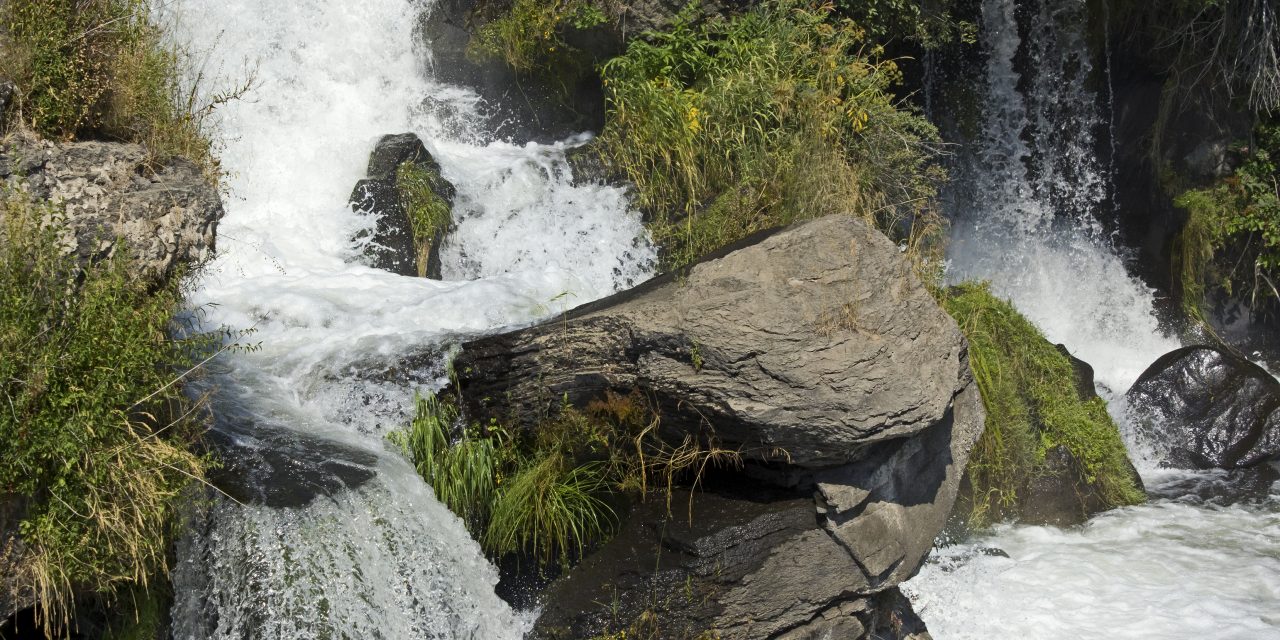
Kidney Stones

Reported to be the most painful condition next to childbirth, the incidence of kidney stones is on the rise. I have also noticed an increase in the reporting of kidney stones and recently had a 25-year-old female patient suffering from kidney stones since her early teens. She has seen countless doctors without real answers, except prescribed medications that might work and one who wanted to put her on an antidepressant.
Stats
Data reported at a recent American Urological Association meeting showed that stone prevalence rose from 5.2% from the mid-1990s to 8.8% in 2010. That is a 70% increase in 2 decades! Significant increases in stone prevalence were observed in patients with the following:
- BMI <30 (5.19% to 8.06%, P<0.001) and BMI ≥30 (6.82% to 10.73%, P<0.001)
- Diabetes (9.21% to 16.76%, P<0.001) and no diabetes (5.25% to 8.07%, P<0.001)
- Hypertension (9.62% to 13.56%, P<0.001) and no hypertension (4.33% to 7.01%, P<0.001)
- None of the above risk factors (4.08% to 5.94%, P=0.020)
Lifestyle clearly plays a role in all of the population groups mentioned with higher prevalence. Contributing elements are the usual suspects: processed foods, sugar, infections and toxins, and consumption of increased soda and other liquids versus water.
I will briefly outline kidney anatomy and physiology (yes, I know it was a nightmare you would rather not relive), kidney stone formation, types of stones and treatment protocols.
Kidney Anatomy
Kidney function is highly complex. The osmolality and ion gradients created are tightly regulated between the Macula Densa of the cortex and the Outer and Inner Medulla regions. Residing in the cortex, the glomerulus of the kidney contains a capillary structure which filters water and solutes into the Bowman’s capsule. This is the beginning of the tube that will ultimately lead to the collecting duct and the ureter which empties into the bladder. Into the medulla, the next portion of the tubules is known as the Proximal Convoluted tubule, and about 67% of the solutes and water are reabsorbed back into the body in this region. The fluid moves to the Descending loop where only water is reabsorbed, leaving a high concentration of ions and solutes in the tubule system. The fluid moves into the Ascending loop, and now NaCl is reabsorbed creating more dilute urine in the tubule. The Thick Ascending portion, the distal tubule, and the collecting duct, ultimately determine the concentration of urine based on the body’s water volume, osmolality and salt sensors, along with Aldosterone and ADH.
The concentration of the ions in the tubules also plays a role in pH. Urine pH can vary from 4.5 to 8.3. There are three types of stones calcium oxalate and phosphate, uric acid and triphosphate stones. Tri-phosphate stones are typically formed due to chronic infection of Proteus mirabilis and won’t be a consideration for this article. Calcium stones are produced in chronically alkalinized urine and uric acid stones are produced in acidic urine. Therefore maintaining appropriate pH is key to reducing kidney stone production.
Treatment Protocol
Besides the recommended 3L of water per day, the standard treatment protocol includes determining urine pH with readily available pH paper. If a patient has acidic urine, under 6.6, an alkalinizing diet is in order. Most patients will not present with alkaline urine unless they have been on a strict vegetarian, vegan or raw diet. All vegetables are alkalinizing for the body, however, cucumbers, potatoes, and wheat and barley grasses are the most efficient. Please remember that processing of any kind decreases the alkalinizing effects. Therefore, raw, juiced (where the pulp remains), or vegetable soups are the preferred methods for consuming vegetables. Since only 11% of Americans eat the recommended amounts of vegetables, this will go a long way to help many of your patients. Grains, sugar, coffee, and processed foods are very acidifying and should be avoided. Protein should be taken in regularly throughout the day, with vegetables, in small 2-4 ounce serving sizes so as not to overwhelm the kidneys, in order to maintain healthy blood sugar.
Supplements
As far as supplements are concerned, Metagenics has a product specific for creating appropriate pH in the body – UltraClear Plus pH. As part of a 10 or 28-day program of vegetables and protein, can normalize body pH and improve kidney function. Potassium citrate has been shown to alkalinize the urine taken in 3000-6000mg doses. However, caution should be exercised when using this protocol, as too much can create equally problematic alkaline urine. There is some evidence that taking pyridoxine alone or combined with magnesium can decrease the risk of kidney stones in people with type I primary hyperoxaluria, a hereditary disorder. As magnesium plays a critical role in ion balance and 70% of the population is deficient, magnesium is recommended at 400-800mg per day in the aspartate or other chelated forms, so as not to upset digestion.
Conclusion
Kidney stones are just another example of disease arising out of poor lifestyle choices. As chiropractors, we are the doctors of choice to teach about appropriate lifestyle and adjust our patients to ensure a healthy nervous system for all organ systems.

















